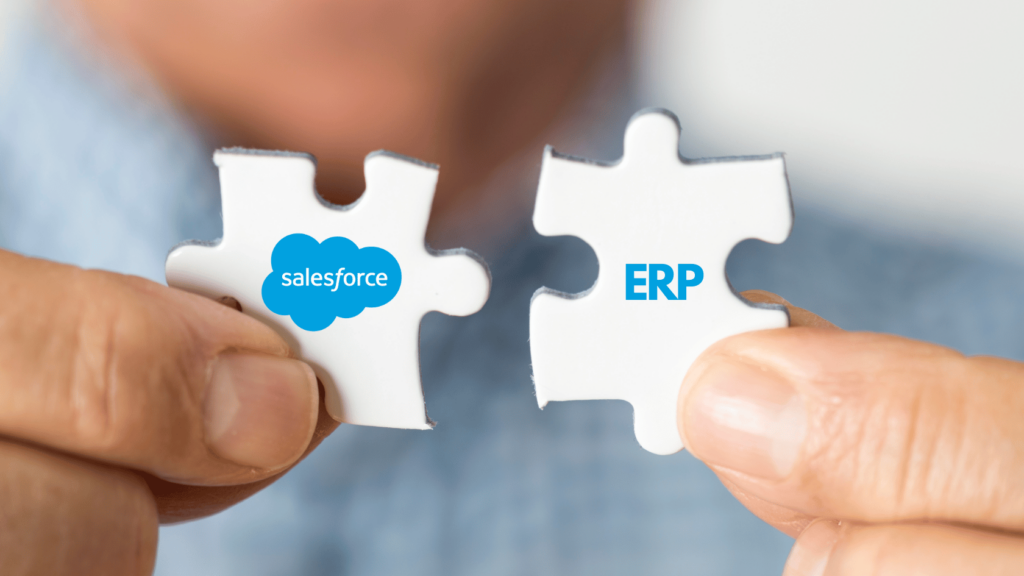
The Benefits of Integrating Seamless.ai with Salesforce

Does your sales team leverage tools like Seamless.ai for prospecting efforts? If so, integrating your prospecting tools with your Salesforce CRM is a great way to bring your lead insights to the next level! This integration harnesses the strengths of both platforms, creating a seamless workflow that can significantly boost sales performance. Let’s delve into the key benefits of this integration.
#1. Enhanced Data Accuracy
One of the primary advantages of integrating Seamless.ai with Salesforce is the improvement in data accuracy. Seamless.ai is renowned for its robust data-gathering capabilities, which provide sales teams with up-to-date and accurate contact information. When this data is automatically synced with Salesforce, it ensures that the CRM contains reliable and current information. This reduces the chances of errors, such as contacting outdated leads or missing out on potential opportunities.
#2. Increased Productivity
Time is a precious commodity in sales. Integrating Seamless.ai with Salesforce allows sales professionals to save valuable time that would otherwise be spent on manual data entry and lead research. Seamless.ai’s ability to automatically enrich leads and contacts within Salesforce means that sales teams can focus more on selling rather than administrative tasks. This boost in productivity can lead to increased sales and a more efficient sales process.
#3. Better Lead Generation
Seamless.ai excels at finding high-quality leads. By integrating it with Salesforce, sales teams can leverage Seamless.ai’s advanced algorithms to identify and import the best leads directly into their CRM. This seamless flow of lead information ensures that sales teams are always working with the most promising prospects, thereby increasing the likelihood of closing deals.
#4. Streamlined Workflow
Integrating Seamless.ai with Salesforce creates a unified platform where all sales activities can be managed efficiently. This streamlined workflow eliminates the need to switch between different tools and platforms, thereby reducing complexity and increasing ease of use. Sales teams can access all the necessary information and functionalities from a single interface. This enhances their overall productivity and effectiveness.
#5. Improved Sales Insights
With Seamless.ai feeding real-time data into Salesforce, sales managers gain better insights into their team’s performance and the overall sales pipeline. This integration allows for more accurate forecasting and reporting, as the data within Salesforce is continuously updated. Managers can make more informed decisions, strategize effectively, and adjust their sales tactics based on up-to-date data.
#6. Enhanced Collaboration
Salesforce’s collaboration features, combined with Seamless.ai’s rich data, foster better teamwork within sales departments. Team members can easily share insights, leads, and updates, ensuring everyone is on the same page. This collaborative environment can lead to more coordinated efforts and a stronger overall sales strategy.
Leveraging a Salesforce Partner Like WhiteRock
While the benefits of integrating Seamless.ai with Salesforce are clear, the process can be complex and requires careful planning and execution. This is where leveraging a Salesforce partner like WhiteRock can make a significant difference.
WhiteRock specializes in Salesforce implementations and integrations. Our expertise ensures that your integration of Seamless.ai with Salesforce is done seamlessly and efficiently. We bring you valuable guidance on best practices, customization, and optimization. Our team will help ensure that the integration aligns perfectly with your business needs. Additionally, WhiteRock offers ongoing support and training, ensuring that your sales team can fully leverage the combined power of Seamless.ai and Salesforce.
Integrating Seamless.ai with Salesforce offers numerous benefits, including enhanced data accuracy, increased productivity, better lead generation, streamlined workflows, improved sales insights, and enhanced collaboration. Empower your sales team to reach new heights by plugging your sales tools into your CRM and unlocking your sales growth potential. By partnering with an experienced Salesforce partner like WhiteRock, your business can maximize these benefits and achieve a seamless, powerful integration that drives sales success.











